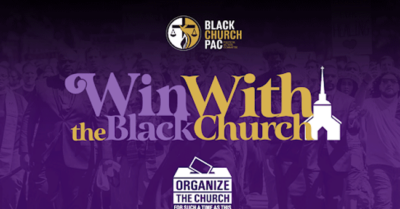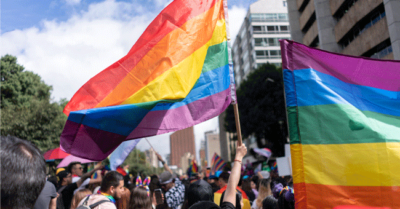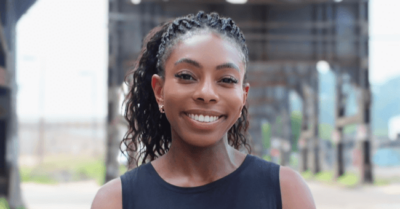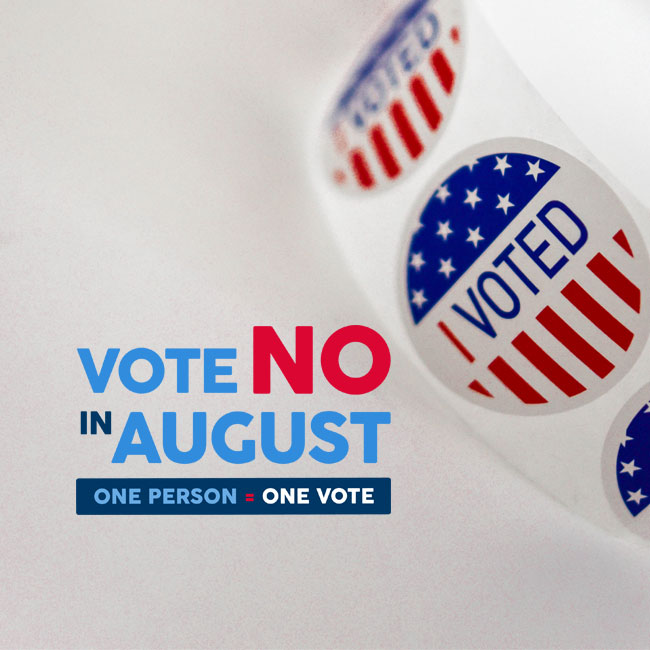
Defeating Issue 1 in Ohio’s 2023 August Special Election
In a controversial August special election, One Person One Vote (a ballot issue PAC) worked with America Votes and Ohio Voice to coordinate over 200 partner organizations to help contact hundreds of thousands of voters to defeat Issue 1, a ballot measure that would have raised the threshold to pass citizen-led constitutional amendments from 50% plus one vote to 60%. Their success resulted in a significant victory for the people of Ohio, but also for democracy at large by protecting majority rule and the principle of one person, one vote.
OVERALL IMPACT BY THE NUMBERS
Controversy Surrounding Issue 1 and Ohio’s 2023 August Special Election
After Republicans failed to fairly draw legislative districts early in 2022, a special primary election was held on August 2, 2022, after maps were finalized for state legislative races. Only 8% of registered voters in Ohio cast ballots in that special election, prompting further discussions about prohibiting August special elections due to the high costs and low voter turnout typically associated with them.
During the 2022 “lame duck” session (the period following an election after successors are elected) of the Ohio legislature, House Bill 458 (HB 458) was introduced and eventually signed into law by Republican Governor Mike DeWine in early 2023. HB 458 contained a few measures that added voter ID provisions, shortened guidelines to vote by mail, and eliminated August special elections (with exceptions for fiscal emergencies or filling Congressional vacancies). In the same session, Republicans also considered changing the guidelines for citizen-initiated constitutional amendments. While they initially wanted to add a ballot measure to change those guidelines to the May primary ballot in 2023, they did not gather the votes in time to make that happen.
However, after reproductive rights activists and advocacy groups started gathering signatures and submitted legal language to codify reproductive rights in Ohio’s constitution, Republicans renewed their efforts to make it more difficult for this to happen. So, during the 2023 legislative session, most members of the Republican supermajorities in both chambers of the legislature approved adding a measure to voters’ ballots that would raise the threshold for amending the state’s constitution via citizen-initiated constitutional amendments from a simple majority to 60%.
But, to advance the measure and amend the constitution before reproductive rights were likely to be on the ballot in November, Republican majorities also passed a joint resolution (Senate Joint Resolution 2), officially adding the measure to the ballot and planning a special election in August – which they had just banned during their lame duck session. Ironically, this measure would only need a simple majority to raise the threshold for amending the constitution to 60%.
Despite legal challenges, the special election for this single ballot measure was scheduled for August 8, 2023. One Person One Vote shifted their strategy to unite their coalition of hundreds of organizations behind a single mission: to defeat Issue 1 decisively at the ballot box.
Uniting Advocacy Groups Against Issue 1
As Senate Joint Resolution 2 advanced through the legislative process, advocacy organizations, labor unions, religious groups, and more formed a coalition in opposition to SJR 2, eventually leading to over 200 organizations advocating against the creation of an August special election. With the measure placed on the ballot and the special election scheduled three months away, the advocacy coalition began their coordinated work of contacting voters and encouraging them to vote no on Issue 1 in August.
Independently from the advocacy coalition, The Fairness Project, an organization with an incredible track record of passing ballot measures in states across the country, began organizing in Ohio in late 2022. They then worked with policy advisors and other ballot initiative professionals to form a political action committee (or PAC) called “One Person One Vote” to start fundraising and spending money to conduct their advocacy work in Ohio. The Fairness Project then helped direct energy and efforts from the advocacy coalition that formed organically to the campaign to defeat Issue 1 at the ballot box.
Because Issue 1 was a statewide ballot measure, groups in Ohio could coordinate in ways political campaigns typically cannot. Political parties, advocacy groups, labor unions, religious organizations, and more could all coordinate their efforts, and America Votes and Ohio Voice helped organize all these groups united behind the joint goal of defeating Issue 1 to ensure widespread and consistent voter outreach to targeted groups of voters across the state.

View a video advertisement from One Person One Vote, advocating for voters in Ohio to vote no on Issue 1.
Using NGP VAN Software for Statewide Coordination Among 200+ Organizations
Impactful Voter File Solutions
America Votes worked to make voter outreach as efficient and effective as possible between all the groups using different instances of VAN (including SmartVAN and VoteBuilder) by sharing lists and data exports for unions to cross-check against their lists while keeping their member lists proprietary. The scripts and targeting were very similar between the partner organizations, ensuring that similar groups of targeted voters across Ohio heard a consistent and powerful message.
Industry-Leading Organizing Software
With industry-leading organizing software, the coalition easily conducted voter outreach on the doors with MiniVAN, our mobile canvassing application. Of the over 700,000 voter contact attempts on the doors, America Votes estimates nearly all those attempts were recorded through MiniVAN, saving them countless hours of data entry, and streamlining their operations even further. On the phones, a few groups used OpenVPB and VPB within VAN, and others used dialers that integrated directly with VAN, allowing partner organizations to increase their impact and record nearly 2.6 million contact attempts within their centralized databases.
Mobilize Events to Build Volunteer Capacity
Many organizations also already had existing Mobilize accounts, allowing them to easily create events (like canvasses and phone banks), reach out to their supporters, and encourage them to take action against Issue 1. One Person One Vote assembled a community calendar to share all these events to help supporters find opportunities to take action. By sharing events from groups around the state, One Person One Vote helped build volunteer capacity for the vote on August 8, 2023, but also for Election Day in November 2023 and beyond.
Defeating Issue 1 in Ohio’s 2023 Special Election
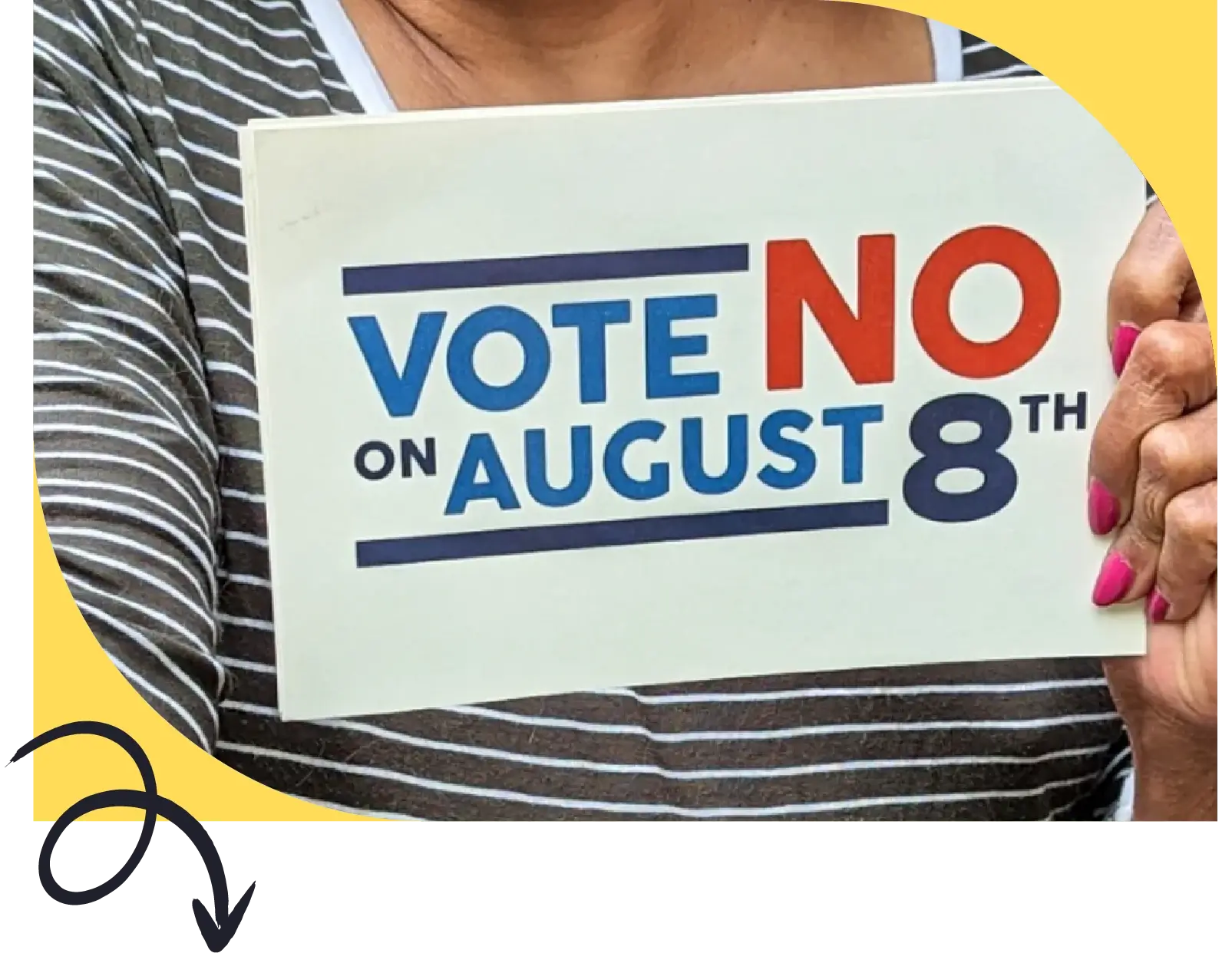
After Issue 1 was placed on the ballot, the advocacy coalition effectively had three months to organize a statewide voter mobilization effort against a single issue on the ballot. The election quickly garnered national attention, prompting even more supporters of democracy to take action from across the country and help get out the vote against Issue 1.
By quickly scaling up statewide operations and using industry-leading organizing software, the partner organizations in the coalition made over seven million voter contact attempts through canvassing, phone banking, and texting. The PAC also blanketed the state with digital ads, direct mail, and TV ads to help supplement the direct voter contact work the coalition was doing across the state.
Just weeks before the August special election, polling showed that 57% of voters across socioeconomic positions opposed Issue 1. Opposition to Issue 1 also garnered bipartisan support from former Ohio governors, expanding advocacy efforts beyond those completed by the hundreds of partner organizations.
On the high end of their estimates, One Person One Vote expected a 30% voter turnout. However, increased early voting numbers suggested that turnout may be higher than expected. After the election, Ohio’s Secretary of State reported that 38% of registered voters turned out to vote on Issue 1. Thankfully, the group's hard work paid off as 57% of voters voted no, decisively defeating Issue 1 and showcasing the impact that strategic, targeted, and coordinated outreach can have on elections everywhere. The coalition's success resulted in a significant victory for the people of Ohio and democracy at large by protecting majority rule and the essential principle of one person, one vote.
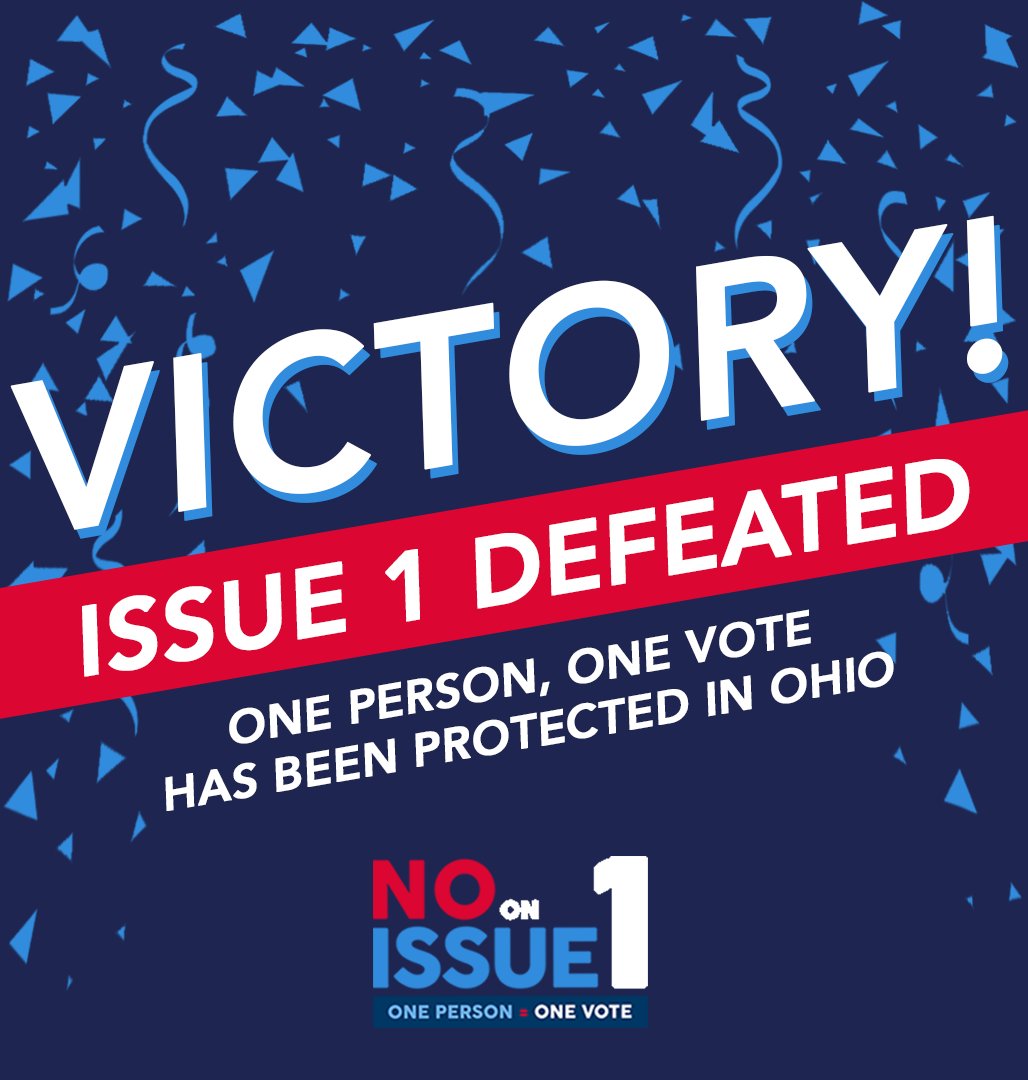
“Regardless of if you are advocating for Black voters, or if you are advocating for abortion, or if you’re advocating for the environment or workers being able to unite, Issue 1 matters to you and your future plans. And so, we were really able to come together in a large coalition and work really well together.”
Rachel Bowman
State Director, America Votes Ohio

NGP VAN helps power winning campaigns and causes
With the help of thousands of volunteers, hundreds of partner organizations, and industry-leading organizing software, One Person One Vote, America Votes, and Ohio Voice helped coordinate the decisive defeat of Issue 1. We’re proud to partner with causes like One Person One Vote, America Votes, Ohio Voice, and this vast coalition of groups advocating against Issue 1 to provide the technology and software to power their get out the vote efforts to hundreds of thousands of voters, align their work to promote efficient and effective outreach, and protect democracy and the essential principles of majority rule and one person, one vote.

